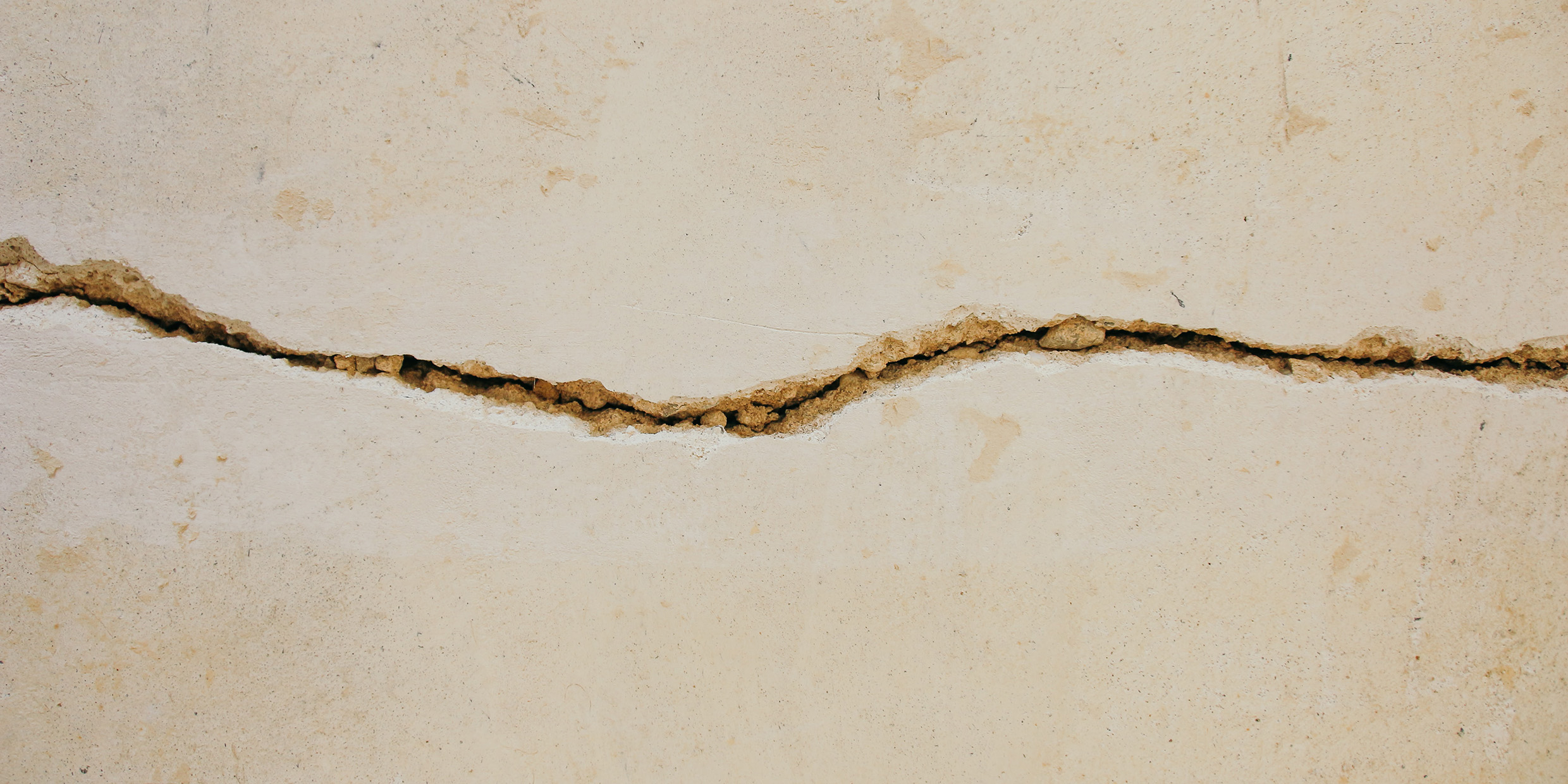Originally published 3 December 1990
Are you ready for the Big One?
This is the day [in December 1990] — plus or minus a couple of days — for which maverick scientist Iben Browning predicts a killer earthquake near New Madrid, Missouri.
Browning bases his prediction on two things: First, the Earth, moon and sun are all in a line and the moon is especially close to the Earth, producing large tidal strains in the rocks of the Earth’s crust. Second, faults in the crust near New Madrid are capable of exceptional violence, and they’ve been relatively quiet for a long time.
A lot of folks are taking Browning seriously. According to news reports, some schools and factories are shutting down, sales of candles and bottled water are booming, and many families have fled to safer parts of the country.
What is the proper public response to Browning’s sensational warning and the associated media hype? Answer: Informed skepticism.
A shot in the dark
Most earthquake experts dismiss Browning’s warning as a shot in the dark, and they are almost certainly correct. Seismologists have analyzed thousands of quakes worldwide for a statistical link with times of high tidal strain and report no correlation.
Still, there’s nothing inherently silly about Browning’s prediction. Both of his premises are true.
At 2:49 a.m. yesterday morning the moon was full, opposite the Earth and in a direct line with the sun. At 6 a.m. yesterday the moon was at perigee, its closest approach to Earth. When these conditions coincide, or almost coincide, very large strains in the rocks can be expected. Yesterday the moon was closer to the Earth than at any time since 1976.
And, yes, faults in the crust near New Madrid, Missouri, are indeed capable of exceptional violence. In the winter of 1811-12 three powerful earthquakes shook the area—the most potentially destructive quakes in the recorded history of the contiguous United States.
The first of the three shockers occurred during the early morning hours of December 16. The ground rose and fell in waves. Trees bent and swayed as if in hurricane winds. Cracks opened in the surface. Houses in New Madrid were destroyed. Chimneys collapsed as far away as Cincinnati. It is said that church bells rang in Boston.
Shocks continued with diminishing intensity for the next few days. On January 23, 1812, there was a further jolt, as strong as the first, followed by two weeks of quiet. A last terrible shock was felt on February 7. The course of the Mississippi River was changed and two large lakes, St. Francis and Reelfoot, were created in basins of down-dropped crust. Minor aftershocks lasted for two years.
In 1811-12, New Madrid, Missouri was a sleepy frontier town on the banks of the Mississippi. Missouri had only recently become part of the United States; the quakes followed the Louisiana Purchase by only eight years. The area most severely affected was sparsely populated and buildings consisted mostly of log cabins. Loss of life and property was slight.
If the same quakes happened today, they would constitute a tragedy of staggering proportions.
It so happens that December 16, 1811 was the day of a new moon. When the moon is new or full tidal forces are especially high. People who are attracted to Browning’s tidal-trigger theory of earthquakes could do no better than refer to the first of the New Madrid shockers.
Unfortunately for the theory, the second and third New Madrid quakes, on January 23 and February 3, 1812, did not coincide with new or full moons.
Checking the dates of the eight biggest quakes to hit the New Madrid area since the 1811-12 shocker against a popular home astronomy program shows that none coincided exactly with a new or full moon, nor was there any significant clustering about those times.
If tidal triggering is discounted, what are the chances of Browning’s prediction coming true by lucky chance? Earthquake records of the National Oceanic and Atmospheric Administration show that about 50 earthquakes strong enough to be felt by everyone indoors and out that have occurred within 100 miles of New Madrid over a 150-year period. That’s about one quake every three years. The chances of a fair-sized earthquake over any five-day period would appear to be about 1‑in-200.
Long odds for quake
With those odds, I feel confident wrapping up this column several days before it appears in print.
But what if…?
First of all, don’t be surprised if Browning appears to get the time right but misses the place. An earthquake of at least magnitude 5 on the Richter scale occurs somewhere on Earth virtually every day of the year.
And don’t be surprised if a minor tremor occurs near New Madrid apparently on schedule. That part of the country experiences minor shakings all the time. This week, especially, the media is sure to report any tiny tremor that rattles the teapots.
Finally, if it turns out the Big One did hit Missouri over the weekend, this column stands as written. It’s in the spirit of science to make a prediction and let the chips fall where they may. I’m prepared to stand with egg on my face while the experts scramble back again to their statistical studies and Iben Browning revels in his (clever? lucky?) notoriety.
For the record, Browning’s predicted earthquake in Missouri did not occur. ‑Ed.



